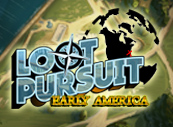Women’s History Month: Female Space Pioneers
As we continue through Women’s History Month, we take a look back at some female space pioneers. The women served in all kinds of roles from helping build rockets to riding in them. No matter their position, all the women featured here cemented their position in space history through their many accomplishments.
At the beginning of World War II, the demand for aeronautical engineering began increasing exponentially. Langley Memorial Aeronautical Labratory began hiring women in 1935 to do number crunching. Margot Lee Shetterly’s 2016 book Hidden Figures told the stories of Katherine Johnson, Mary Jackson, and Dorothy Vaughan along with many others. Additionally, the critically acclaimed 2017 movie based on the book focused on these “human calculators.”
The women highlighted in Hidden Figures worked for NACA (later NASA) starting in the 40s and 50s. Through their math, they worked on making the flying machines better, stronger, and faster and calculating flight trajectories for important missions, including the Apollo missions.
NASA recognized Katherine Johnson specifically in 2017 through naming the Katherine G. Johnson Computational Research Facility after her. Without the research and dedication of Johnson and her contemporaries, NASA would not be the same as it is today.
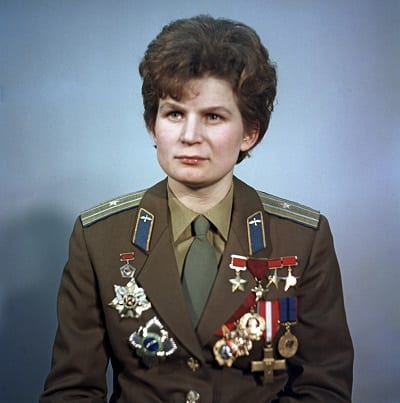 Valentina Tereshkova orbited the Earth 48 times and became the first woman in space in June of 1963. Before being chosen as a Soviet cosmonaut, she never even flew a plane. Rather, she was a textile worker and amateur parachute jumper. The latter skill earned her the job. After eighteen months of grueling training, she became the only woman out of five to be selected.
Valentina Tereshkova orbited the Earth 48 times and became the first woman in space in June of 1963. Before being chosen as a Soviet cosmonaut, she never even flew a plane. Rather, she was a textile worker and amateur parachute jumper. The latter skill earned her the job. After eighteen months of grueling training, she became the only woman out of five to be selected.
Beyond just being the first woman in space, she remains the only woman to ever fly a solo mission. Since her mission, Museum exhibits, stage plays, and documentaries celebrated her space legacy . Additionally, she carried the Olympic torch for part of its journey in both the 2008 Beijing Olympics and the 2014 Sochi Olympics.
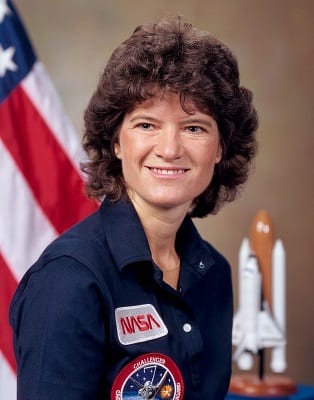 Sally Ride blasted down barriers as she blasted into space in 1983 as the first American female astronaut to actually enter the final frontier. She served as a mission specialist on the STS-7 space shuttle mission. As a mission specialist on that flight, Ride worked a robotic arm to help release satellites into space.
Sally Ride blasted down barriers as she blasted into space in 1983 as the first American female astronaut to actually enter the final frontier. She served as a mission specialist on the STS-7 space shuttle mission. As a mission specialist on that flight, Ride worked a robotic arm to help release satellites into space.
After her time as an active astronaut, Ride continued to work in the STEM field, particularly in encouraging STEM education. She wrote books about space exploration and co-founded Sally Ride Science in 2001. Her work with the organization aimed to support students into careers within STEM, particularly girls and minorities. Through teacher training, books, festivals, classroom activities and more, she sought to transform the idea of what a successful scientist could look like. Even after her death in 2013, her legacy continues.
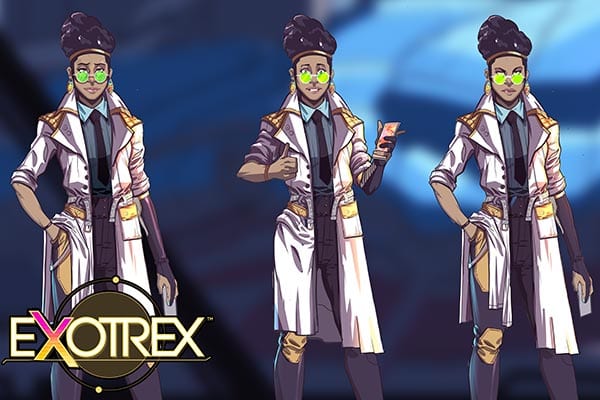 When looking to engage students in STEM learning and space exploration, look no further than ExoTrex 2, a game that will test their physics, chemistry and critical thinking abilitities. Exotrex 2 is a beautifully rendered, STEM focused game that will challenge and engage your 8th – 10th grade science students.
When looking to engage students in STEM learning and space exploration, look no further than ExoTrex 2, a game that will test their physics, chemistry and critical thinking abilitities. Exotrex 2 is a beautifully rendered, STEM focused game that will challenge and engage your 8th – 10th grade science students.
The player partners with the AI Fiona and supervisor Dr. Estelle Burke, a female space pioneer herself, to find a new home for humanity. To complete this mission, students start by balancing speed, thrust, and acceleration while navigating gravitational fields to successfully land rovers on their chosen planet or moon. Also, they remotely navigate their rovers to collect ground and atmospheric samples and later analyze them for their chemical compositions. Finally, Students will learn about the planetary characteristics of each destination and take observational notes in order to report their findings back to Dr. Burke.
Help get your students passionate about space with these profiles of female space history-makers and by going hands-on with ExoTrex!

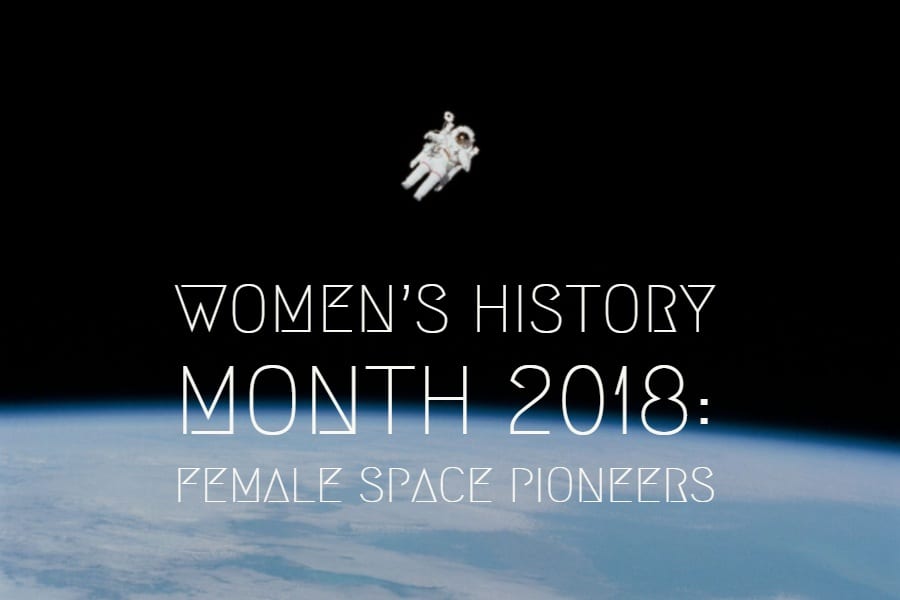

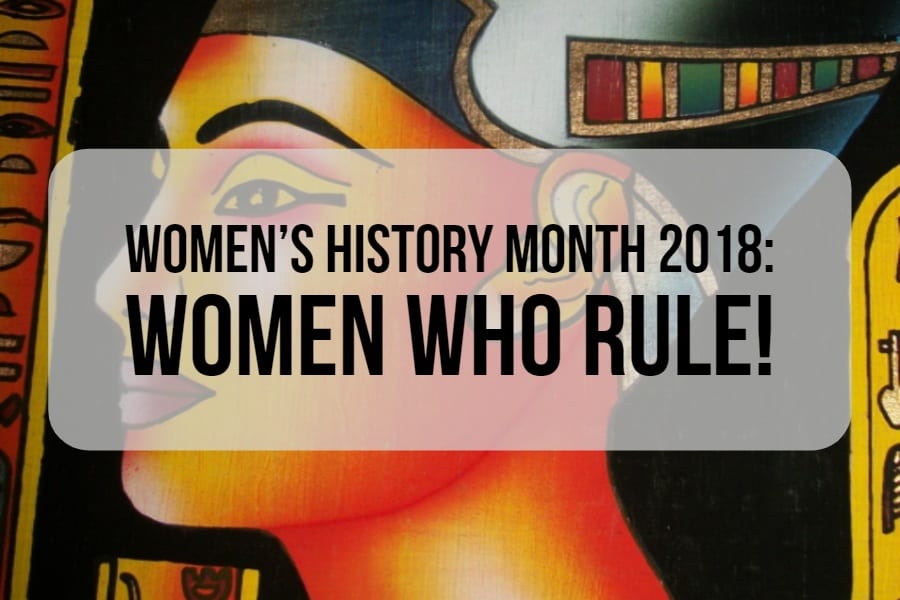
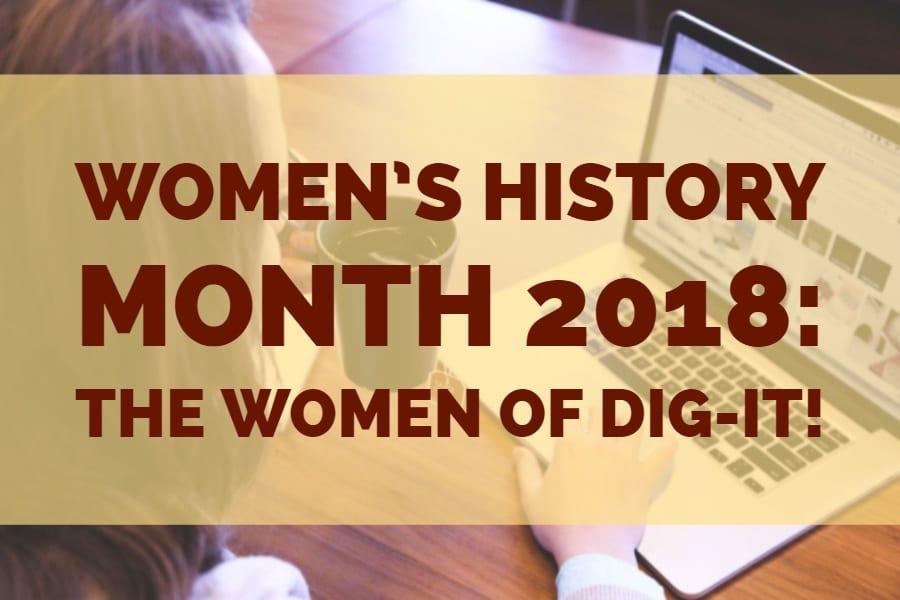
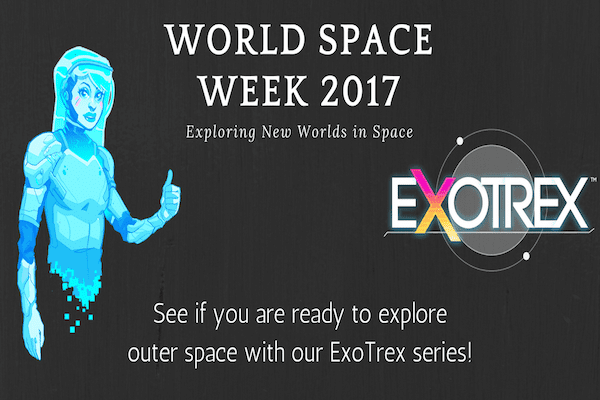
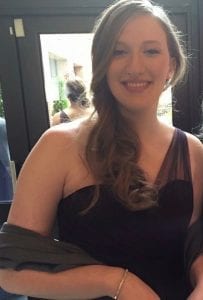 Growing up I was always pushed towards the math and sciences because I naturally good at them, but my heart always called to more creative pursuits. My mother gave me the wise advice that “If you do what you love for work, it’ll become your work and not what you love.” With that in mind, I applied to engineering programs across the east coast, before coming across a school that featured a Game Design and Development major. Although heavily computer science based, the major also taught design, animation, 3D modeling, audio, and narration. Instantly, I knew it was a perfect match: a field both technical and creative.
Growing up I was always pushed towards the math and sciences because I naturally good at them, but my heart always called to more creative pursuits. My mother gave me the wise advice that “If you do what you love for work, it’ll become your work and not what you love.” With that in mind, I applied to engineering programs across the east coast, before coming across a school that featured a Game Design and Development major. Although heavily computer science based, the major also taught design, animation, 3D modeling, audio, and narration. Instantly, I knew it was a perfect match: a field both technical and creative.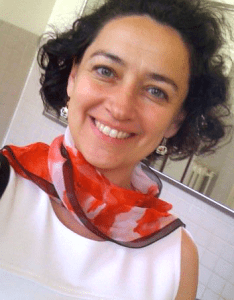 I started learning to code in C# when I was 44 years old. While I learned some BASIC coding in high school, I found the whole process stupid and boring. While I knew that the Atari games I loved were created by programming, I couldn’t connect to it. My 17-year-old self wanted to solve important, complicated problems. Real, important problems that required creative thinking were problems like: What causes cancer? What makes us feel stressed out? How does stress affect our immune system? Could we optimize our immune system to fight cancer better? So I threw myself into biochemistry. I loved it. I worked every single day for 3 years. Then, for the next 7 years, I decided to always take a whole ½ a day off every weekend.
I started learning to code in C# when I was 44 years old. While I learned some BASIC coding in high school, I found the whole process stupid and boring. While I knew that the Atari games I loved were created by programming, I couldn’t connect to it. My 17-year-old self wanted to solve important, complicated problems. Real, important problems that required creative thinking were problems like: What causes cancer? What makes us feel stressed out? How does stress affect our immune system? Could we optimize our immune system to fight cancer better? So I threw myself into biochemistry. I loved it. I worked every single day for 3 years. Then, for the next 7 years, I decided to always take a whole ½ a day off every weekend.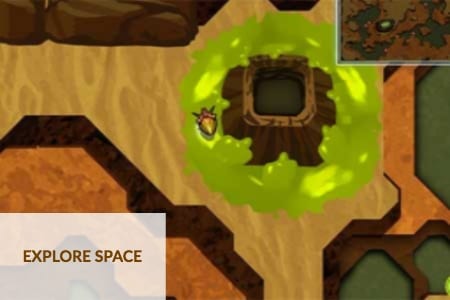
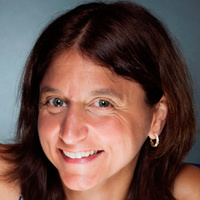 Everything I know about entrepreneurship I learned from my mother. Ok, that may be a slight exaggeration, but the fact is, most of what I needed to know to found an educational gaming company I really did learn from my mother, without either of us truly intending it.
Everything I know about entrepreneurship I learned from my mother. Ok, that may be a slight exaggeration, but the fact is, most of what I needed to know to found an educational gaming company I really did learn from my mother, without either of us truly intending it.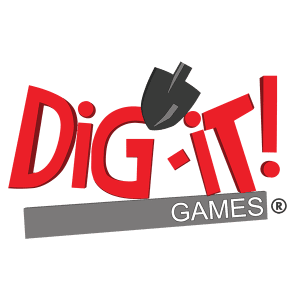
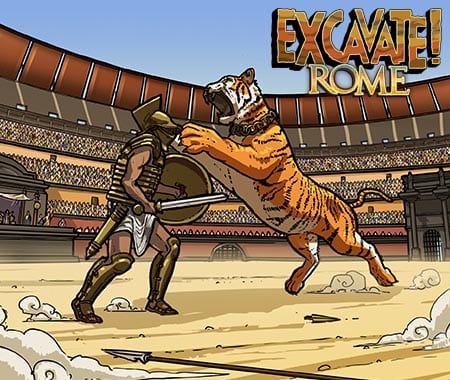
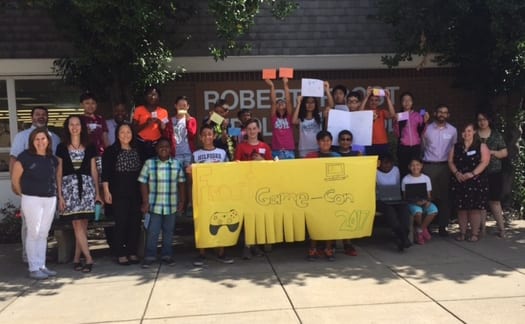
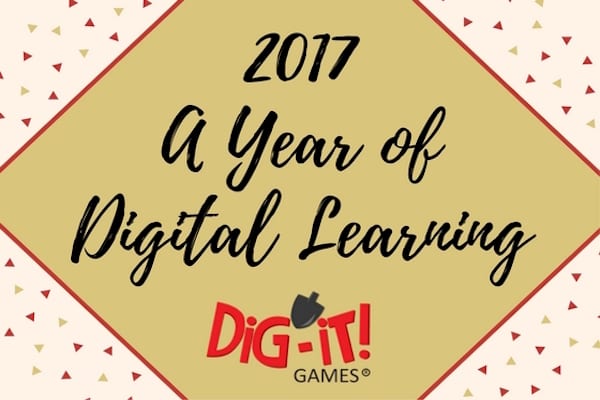
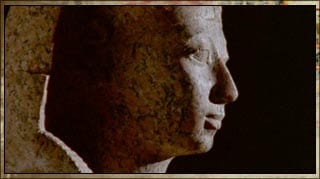
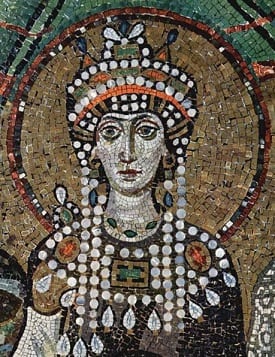
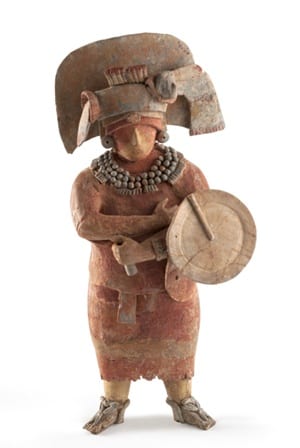
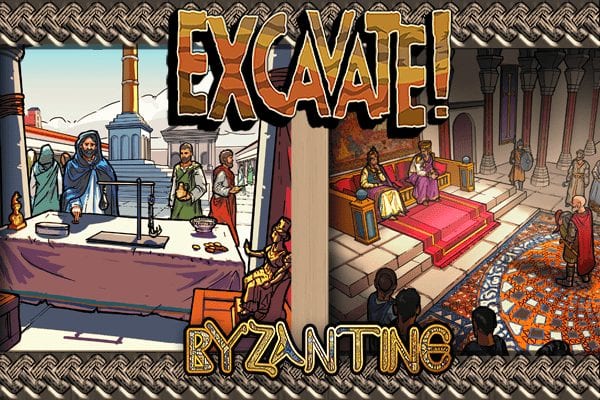
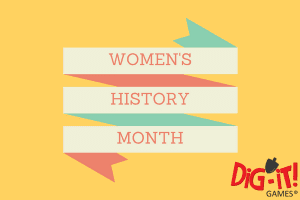
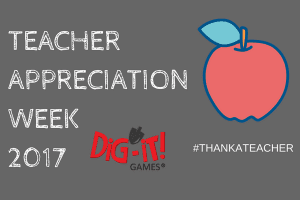
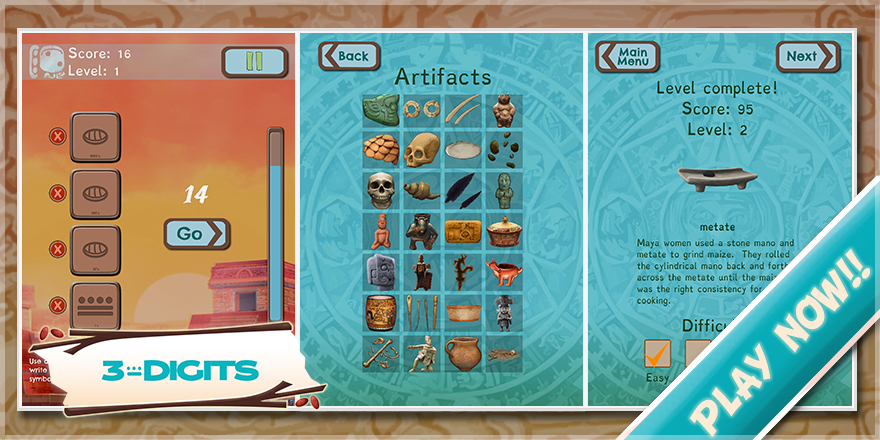
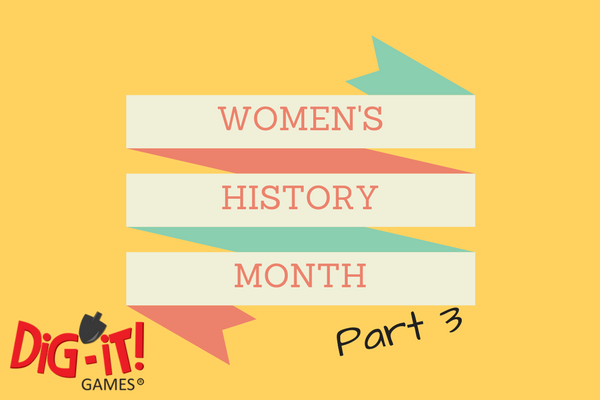
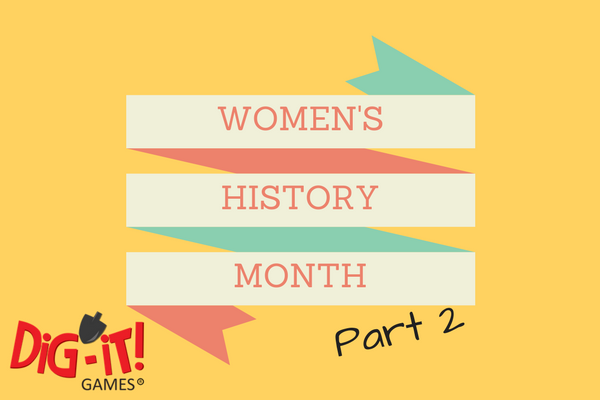
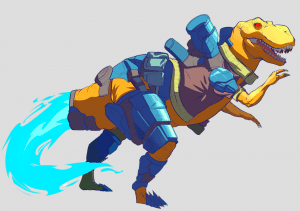 So! Age 44. Starting a career as indie game developer, I learned repeatedly that game development is difficult and time consuming. I also learned (again) how difficult and time consuming writing grants can be. I started working at Dig-It Games in November 2016. Here at DIG we share similar goals: Make games that teach important concepts that people really enjoy playing. I enjoy it here very much. I am developing an RPG about dinosaurs and helping design playtesting sessions and analyze data about learning in our
So! Age 44. Starting a career as indie game developer, I learned repeatedly that game development is difficult and time consuming. I also learned (again) how difficult and time consuming writing grants can be. I started working at Dig-It Games in November 2016. Here at DIG we share similar goals: Make games that teach important concepts that people really enjoy playing. I enjoy it here very much. I am developing an RPG about dinosaurs and helping design playtesting sessions and analyze data about learning in our 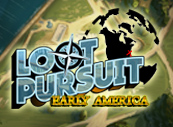
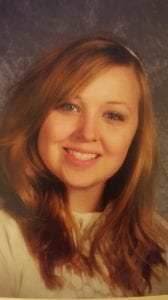 After five years teaching, I sought out a new adventure and added working at Dig-It! Games to my resume, which allowed me to create educational games and help other teachers learn how to incorporate and use games in their classroom. By working at Dig-It! Games, I have had the honor of working with teachers on how to use games in their classroom and have presented at ETIS in Baltimore, Montpelier, and the National Conference for Social Studies. Most recently, I have been accepted to present at ISTE in June on Game-Based Learning. By play-testing
After five years teaching, I sought out a new adventure and added working at Dig-It! Games to my resume, which allowed me to create educational games and help other teachers learn how to incorporate and use games in their classroom. By working at Dig-It! Games, I have had the honor of working with teachers on how to use games in their classroom and have presented at ETIS in Baltimore, Montpelier, and the National Conference for Social Studies. Most recently, I have been accepted to present at ISTE in June on Game-Based Learning. By play-testing 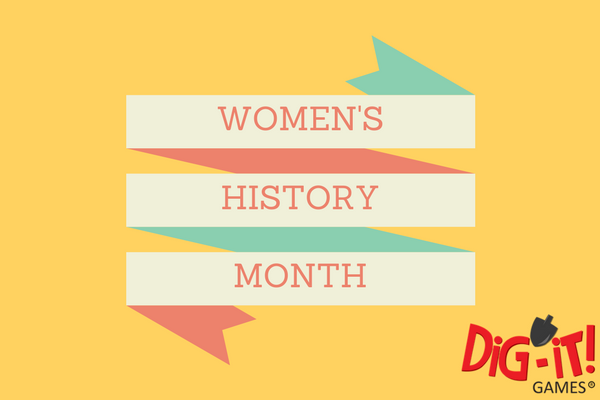
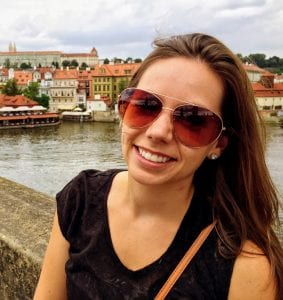 I started at Dig-It! Games in November 2016 so I’m still new. I have spent the last eight years teaching high school Spanish and decided to switch fields when I moved to Washington, DC. The switch to technology wasn’t incredibly difficult for me as I grew up around computers and was a Technology Integrator at my last school. My parents were both in the technology field and so my sisters and I never saw it as a strange world. I was lucky enough to grow up in an environment that encouraged me to do whatever I needed to reach my goals. As a teacher, I loved speaking with teenage girls about their futures and encouraging them no matter what the role.
I started at Dig-It! Games in November 2016 so I’m still new. I have spent the last eight years teaching high school Spanish and decided to switch fields when I moved to Washington, DC. The switch to technology wasn’t incredibly difficult for me as I grew up around computers and was a Technology Integrator at my last school. My parents were both in the technology field and so my sisters and I never saw it as a strange world. I was lucky enough to grow up in an environment that encouraged me to do whatever I needed to reach my goals. As a teacher, I loved speaking with teenage girls about their futures and encouraging them no matter what the role.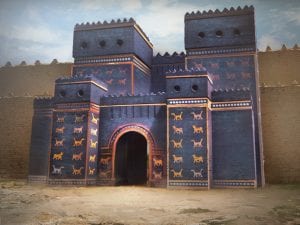
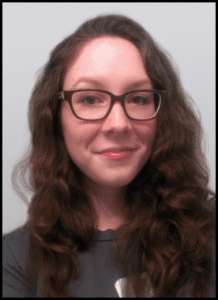 For as long as I can remember, being an artist has been the only thing I’ve wanted to do. I’ve never really changed career paths or aims—
For as long as I can remember, being an artist has been the only thing I’ve wanted to do. I’ve never really changed career paths or aims—